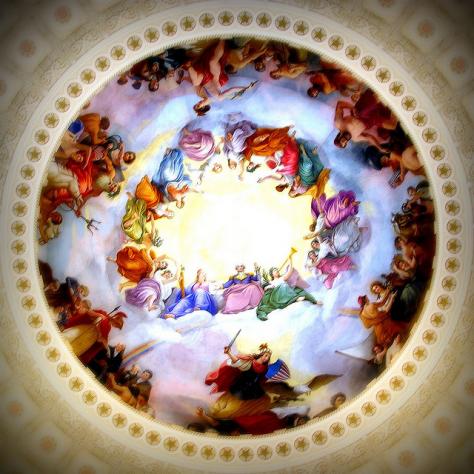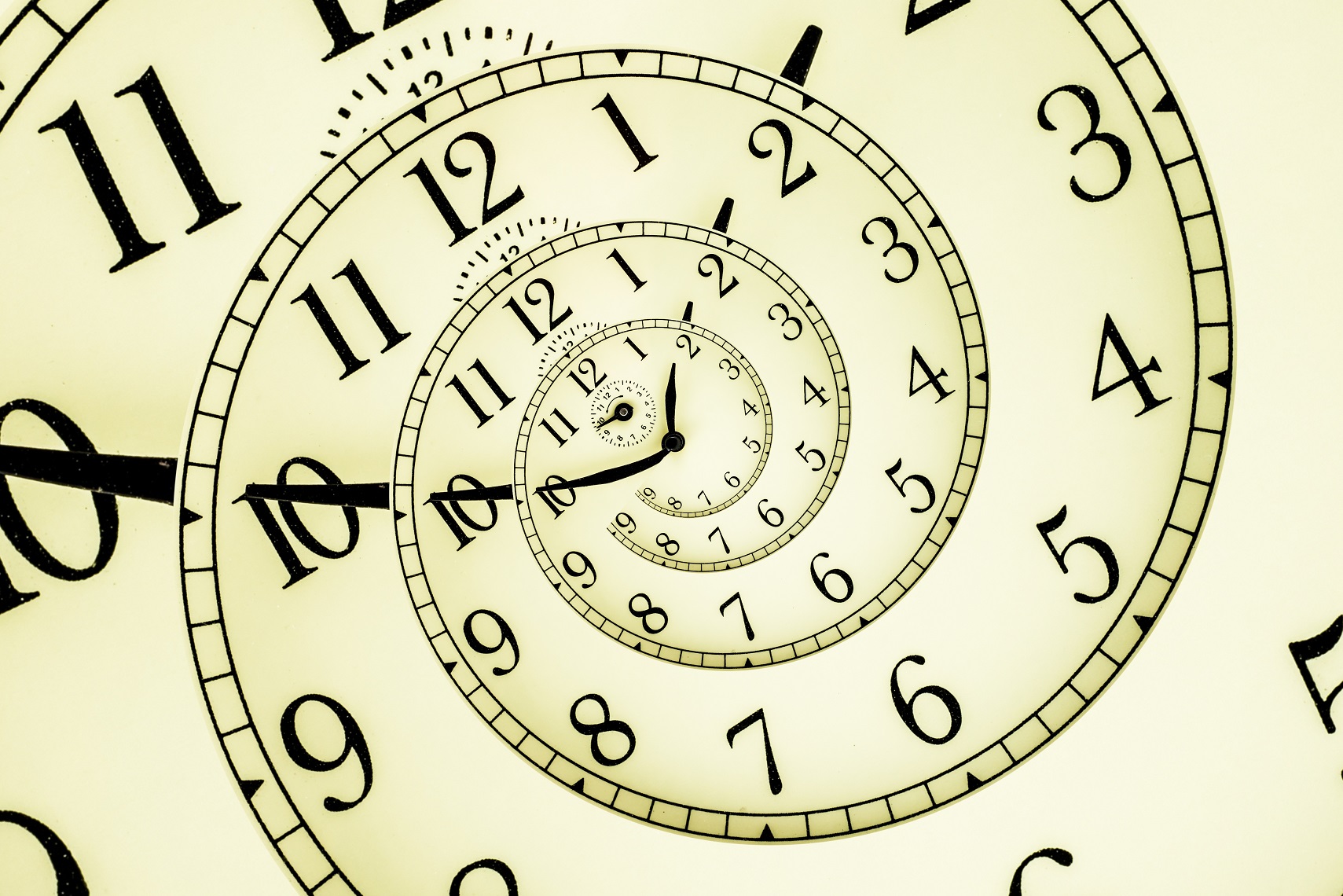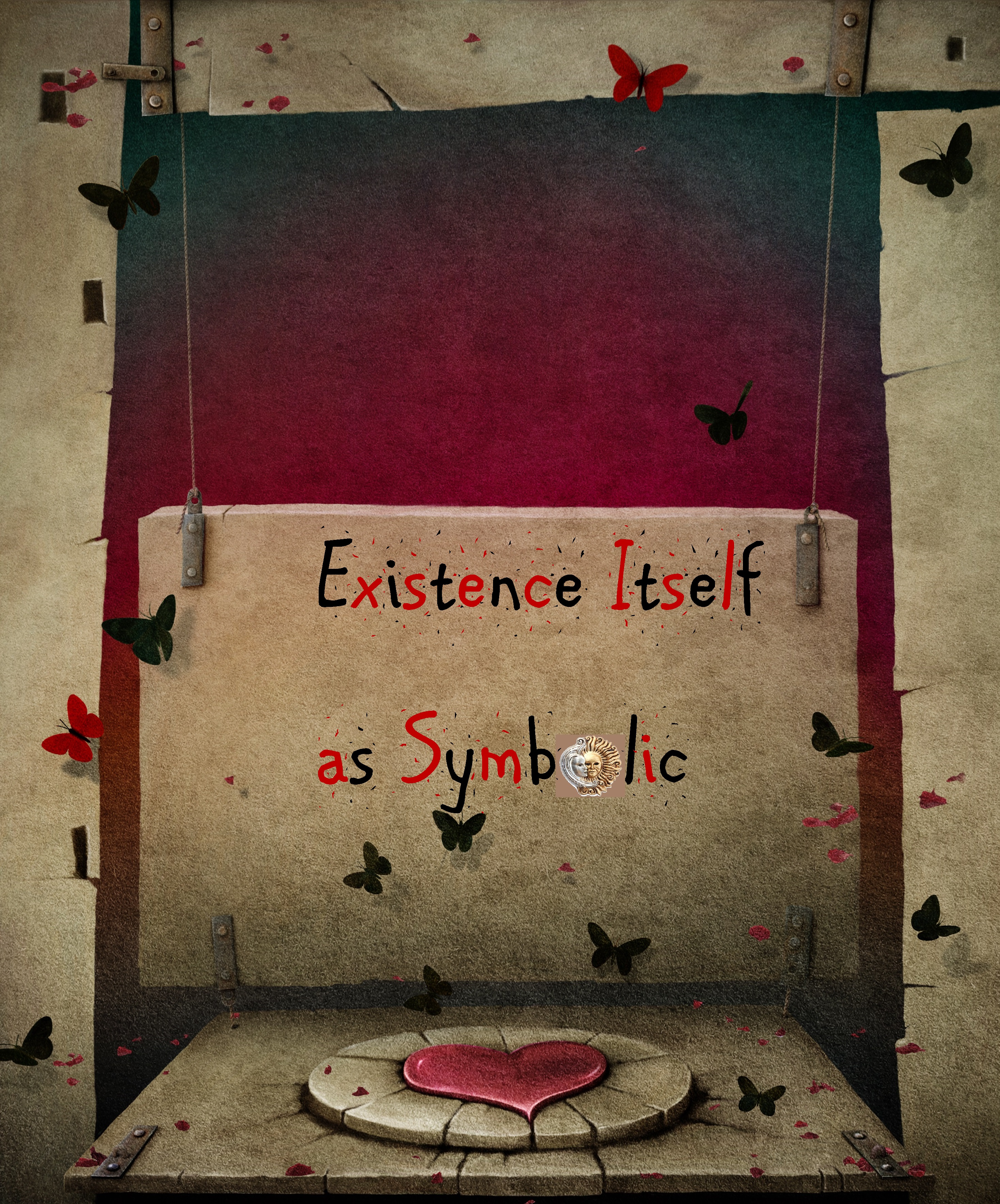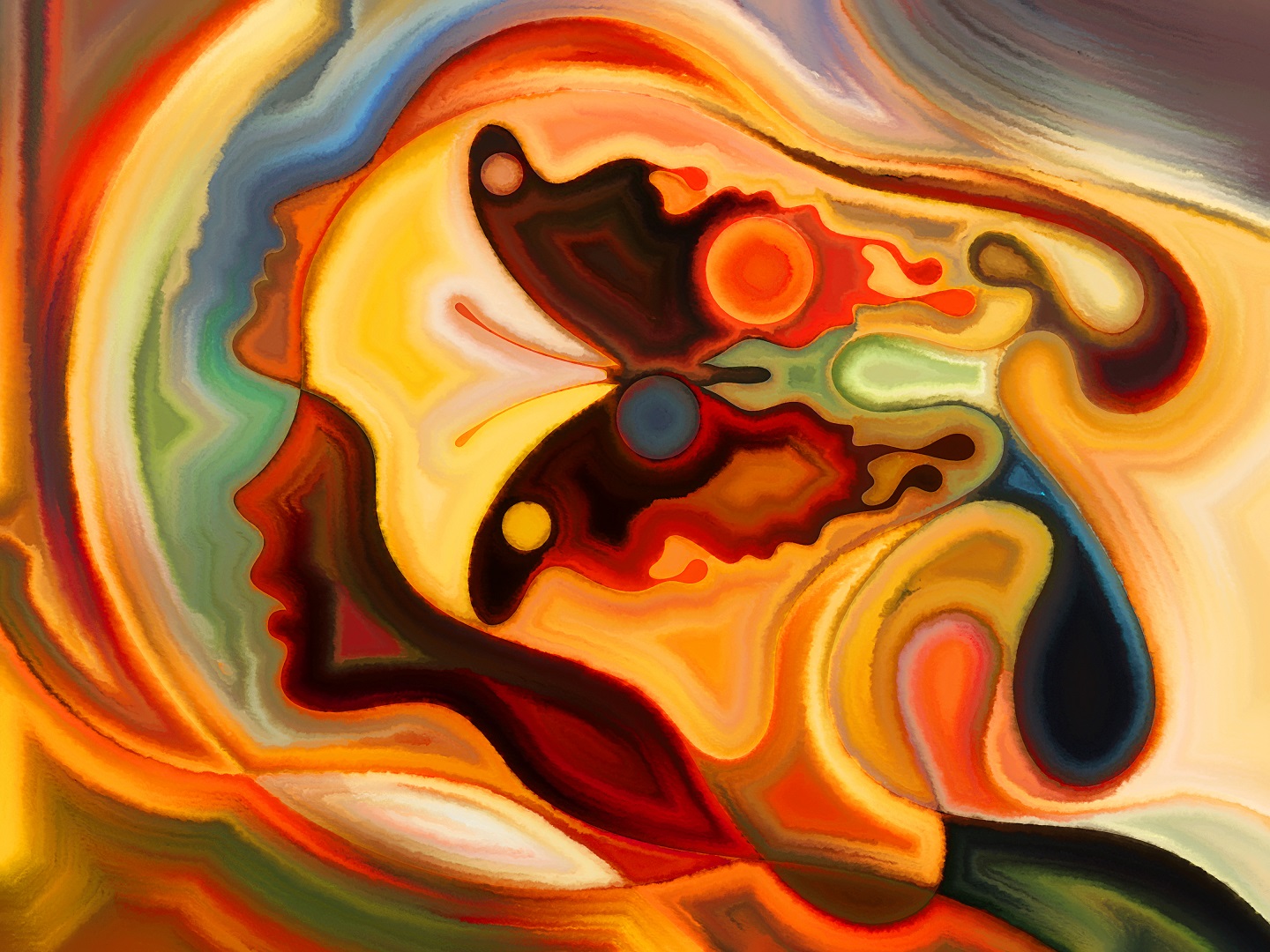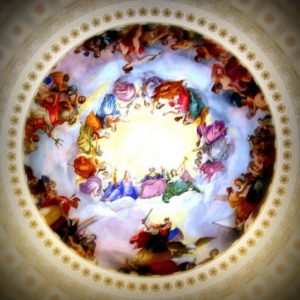
For a country which is predominantly Christian in its religious sentiments, the United States Capitol exhibits many architectural features and aesthetic depictions that Protestant fundamentalists would gladly denounce as heretical and “pagan”. I vividly remember visiting the city in August of 2005 and being pleasantly delighted by the “pagan” overtones so fearlessly expressed by symbols either imagined or real–pentagrams, obelisks, mausoleums, Doric and Ionic columns, temples, astrological zodiacs and so forth. Even one of the holiest areas in Washington D.C., the oculus of the dome inside the rotunda of the United States Capitol building, is peppered with “pagan” imagery in the form of seven Greek gods and goddesses. All appear to be going through the motions of conferring requisite knowledge upon the Americans to be used in defeating the British army and acquiring the necessary increments in consciousness necessary to catapult them to the head of the international stage. But why should intellect and wisdom be conferred upon the Americans by Greek deities? Why should Greek deities surround George Washington at his moment of his apotheosis, his moment of becoming a god? Why isn’t the preference given to Yahweh, Jesus Christ or some other deity more closely related to the Judeo-Christian tradition’
The answer to this question lies entrenched in the religious and spiritual allegiance of America’s Founding Fathers, men who endorsed the Declaration of Independence. Fifteen of the fifty-six who signed were Freemasons, including the likes of Benjamin Franklin, John Adams and Thomas Jefferson. The latter two served as second and third Presidents, respectively. George Washington, the man who led the Continental Army to victory, signed the Constitution and took up the mantle of the Presidency, was also a Freemason. His allegiance to and identification with its fundamental principles cannot be questioned, for what man would lay the cornerstone of the U.S Capitol decked in ceremonial regalia worn to enact the rituals of an esoteric brotherhood whose philosophical flavouring he didn’t really believe in? None really.
The Freemasons are an interesting bunch. Much has been said about the esoteric brotherhood, most of it unflattering and false. Its affiliates and members have been openly criticised, harassed and ridiculed over the years and conspiracy theories have been ample. What haven’t we heard about the Freemasons? Some allegations are so far removed from reality, so ridiculously laughable that they’re hardly worth mentioning at all. They’ve been everything from political factions that manipulate the world economy through its far-reaching underground connections with the mafia, organisations that monopolise banks and tamper with currencies, and cults that have conspired with Satan and his minions in pulling the wool over mortal eyes and driving humanity to sin and depredation.
The latter of these is a Christian fabrication, fuelled by the veil of secrecy with which the Freemasons conduct their periodic meetings, rituals and rites. Fundamentalist streams of the Christian faith have fed public fear and superstition by pursuing an appropriation of reality hinged on the logic that nothing is ever done without purpose, and therefore there must be a reason whys secrecy pervades the brotherhood. Lamentably, the tendency to keep things from others garners a breeding ground for ignorance and the projection of fear that comes as a consequence of this mental instability adds to the growing momentum of outrageous superstition. This avenue of thinking usually leads to feelings of unrest and persecution, especially amongst the religiously inclined, and an unconscious reaction to such might be to resort to Biblical scriptures (Revelation 2:9) which speak of blasphemy enacted by the “synagogue of Satan”.
But nothing could be further from the truth. The secrecy pertaining to what goes on inside Masonic lodges has nothing to do with Satan and all to do with keeping with a longstanding esoteric tradition which extends back to the sacred mystery schools of late antiquity. At such schools students deemed worthy to receive knowledge relating to the true nature of reality had to take solemn oaths never to disclose the secrets to the general public. Those that did were brutally punished, tortured and even killed. When Alexandria grew to become the intellectual centre of the ancient world in the third century BCE, these schools were flourishing. The Mysteries of Artemis at Ephesus, the Eleusinian Mysteries of the Great Mother and her daughter at Eleusis and the Mysteries of Isis and Osiris in Egypt were all schools of this type. At all times, Freemasons have believed themselves to be inheritors of these ancient traditions, particularly those that evolved from Egypt. In this light the veil of secrecy permeating Freemasonry can be attributed to the Egypto-Pythagorean ideal of not “flashing your pearls before swine”.
And why didn’t they want to flash them? To answer this question we must take a brief look at the history of Freemasonry. The first Masonic document, the “Old Charges”, appeared in the fourteenth century and localises Masonic heritage to a patriarchal line of fathers that include the primordial Jabel, the post-antediluvian mythical Egyptian figure Hermes Trismegistus, Nimrod, Abrahamm Euclid and the significant eighty thousand others that built Solomon’s Temple. The inclusion of the Egyptian Hermes is significant, for it implies an intimate connection and identification with the philosophical and religious outlook of the Hermetic discipline.
But before we rush to any conclusions regarding a Masonic preservation of ancient Egyptian esoteric knowledge and wisdom, we must take a hard, long look at the facts. Freemasonry claims lineage from Egypt and Isreal, but it most likely evolved from medieval stonemason’s guilds, an operative craft which became increasingly speculative and esoteric after mingling with Knights Templars who had escaped execution and torture at the hands of the Roman Catholic Church. The Templars posed a threat because they retained knowledge of metaphysical and occult ideas about the cosmos that rendered defunct the church’s self-proclaimed right to rule the world, rights that were hinged entirely on the shameless appropriation of Biblical Scriptures and exclusive monopolisation of religious truth. Thus it was only a matter of time before they were persecuted. That fateful moment was to occur at the end of the thirteenth century. Those lucky to escape the massacre took refuge in Scotland, the country in which Freemasonry originated. Many scholars believe that social intercourse between the two groups led to a transmission of knowledge that refashioned the latter into an esoteric current, and that the knowledge that was passed down was quintessentially Hermetic in nature. I too am in complete harmony with their opinion.
Occult Hermeticism was never a powerful religious current in itself, but its pseudepigraphical writings often informed and complemented Jewish chariot mysticism and the Gnostic currents of Christianity that were flourishing in the first and second centuries CE. The Hermetic writings themselves allude to a Golden Age which was lost when “Man” was cast out of the heavens, the eternal, unchanging realm of “being” described by Plato as the Noetic cosmos. Before he became subject to the shackles of mortality and time, “Man” stood beside God as his brother, his other half, his equal. This is made clear in the first chapter of The Hermetica called Poimandres, which clearly states that “Man” was “co-equal to Himself, with whom He fell in love”.
And what exactly was “Man” before he fell from the mount of heaven and lost his throne beside his God-brother? He was definitely a lot more than what he’s been reduced to today. A very long time ago, humans were well acquainted with a way of knowing that precluded use of the five senses. This sixth sense, if you like, resided in the right hemisphere of the brain and appropriated the unconscious mind to enact what people of the modern world perceive to be god-like feats i.e. extrasensory perception, psychokinesis, telepathy, projection to other times and places. (This is definitely my idea of what being God’s brother would be like!) They even encompassed the requisite knowledge regarding the potentiality of consciousness to survive bodily death, an idea as ancient as our coming to consciousness.
The Egyptian mystery schools all carried some form of the antediluvian knowledge, though it was largely inaccessible to most and was kept well hidden from the eyes of the “profane”. The best examples of magical god-like feats made possible by this sixth sense I can think of come from the practices of the autochthonous cultures of the Americas, the Pacific and the Africas. Their witch-doctors or shamans possessed what many have termed ‘jungle sensitiveness’, an ability to communicate telepathically by entering trance states. The Montagnais Indians of eastern Canada are known for their ability to locate people via this method, as are the Hawaiian Kahunas for their equally impressive ability in accumulating enough psychic energy through meditative practice to call a whole pod of dolphins to the shore. I suppose they do this via a self-induced, active form of lucid dreaming.
Scientific study of paranormal phenomena also supports the notion that the unconscious mind, enthroned within the right hemisphere of the brain can, on a great many occasions, manifest powers deemed magical by the contemporary “West”. It comes from a kind of turning inward, as the unconscious or subjective force does encompass an existence that precludes the five physical senses and somehow attracts to itself energy fields that the conscious personality alone is completely and utterly unaware of. In addition, the energies can be drawn on the condition that there is a complete abeyance of the five physical senses. The Hawaiian Kahunas, for example, believe that the psyche is divided into three distinct bodies or entities, one of which has direct access to the multidimensional matrix which allows for extrasensory perception.
If the Freemasons have inherited this Hermetic vision, then it should be no surprise that in order to become a Freemason you must submit to two beliefs: the existence of a divine being (which can remain nameless) and the reality of life after death. Naturally, the Freemasons don’t ever name the Godhead. There are two good reasons for this. The first is a sign of respect to its members who come from different religious denominations and secondly, as a sincere expression of respect towards divinity which in all its glory and majesty cannot be localised.
The Masonic enterprise believes in an experience of reality that is much, much closer to that perceived by the mystics and metaphysicians of ancient Greece, to Pythagorean “Music of the Spheres’, to the metaphysical doctrines of Plato, the vibrational unities of Heraclitus and Democritus’s primitive multiverse theory. These were all experiences of reality in which the fundamental unity of the entire cosmos was pervaded by force fields of different vibrational wavelengths, and the force fields which were the Greek gods and goddesses themselves all emanated from the same basic substance and expressed themselves either consciously or unconsciously through human beings. (Occult philosophy will be discussed in much more detail in some of my later posts.)
Hence, when Freemason George Washington makes his appearance beside the Greek gods and goddesses on the dome of the U.S. Capitol building, we can be more than certain that he’s jovial and content, for the man finds himself amidst powerful forces that he believed in, was possessed by and found meaning in during good times and bad, time and time again.
I will conclude today’s post with a poem I have written about the fresco in question, also titled “The Apotheosis of Washington.” (Published in Sensations Magazine, Silver Anniversary Issue, 2011)
From somewhere about celestial gours,
an inch below the dome,
the rays of six aetheric[1] powers
brought forth the newer Rome.
She was conceived by Sun and Moon
and carried in Air’s belly,
‘til George he sighted her all hewn
anew from primal jelly.
The gods emerged from Soul’s estate,
they took the form of ravens,
to sing of Columbia’s lively fate
construed through thirteen maidens.
‘Tis true he was the Word aglow,
that man was a begetter,
who rose from Tartarus below
in robes of pure magenta.
At noon the trickster came, the light,
the first of cogitations,
to teach the colonists the plight
and joy of transmutations.
Amongst his gifts a bag of gold,
of saffron and of nectar,
to outwit cunning of the Redcoat mould
and act as chief deflector.
At two the fire it came threefold
within the Blacksmith’s forges,
it melted metals and glass so old
amassed from mainland gorges.
The God appeared, he said, “Look deep
inside your chert-filled mother,
for there hides powder in a heap
your enemies to smother.”
“No wait!” the Queen of Wheat will say,
“Your strength is in your tummy,
so hasten and traverse that ley
which renders men all rummy.
Take from my flat-plains plant and weed,
my flowers of deep fuchsia,
ferment its pollen into mead
to halt your men’s inertia.”
At six the tulpa[2] springs to life
to fight for liberation,
they’ve had enough of being at strife
with British dispensation.
She’ll spring atop ol’ George’s head
her jewels of War all styled,
in blue and stripes of white and red–
behold the favourite child!
A few doors down some sons of earth
catch glimpse of an infusion,
in trial and error they find what’s worth
to mimic in profusion.
Athena speaks to them that night,
as dove, as white Maria,
to warn that gadgets suffer blight
without trinosophia[3].
From deep within the sea they come
with chariots and horses,
all wet and draped in weeds become
then spew forth shapeless forces.
The Melian[4] leads the foam-born herd,
as does the god of dire,
they swim along the floor unheard
and bind the sea’s empire.
At twelve that Man[5], he leaves from home,
bedecked in Mason’s gear,
to lay the cornerstone on loam
beneath the Virgin’s bier.
The Immortals gather at his helm
with wands and magic rods,
anon they’ll rise to a newer realm
to ruminate with star-gods.
[1] The rarefied element formerly believed to fill the upper regions of space.
[2] A Tibetan word that denotes a thoughtform, or a manifestation of energy, that can at times take on a life of its own.
[3] An allegorical account of spiritual initiation.
[4] Epithet of the goddess Aphrodite, or Venus in Latin. Melos Island in the Aegean is sacred to her, thus she is the Melian.
[5] Capitalised here as it alludes to George Washington.

